LIA Showcase - Environmental Project Fiji

Setting the scene
Despite many scholars embarking on a development project in Fiji with Think Pacific, it is safe to say that not any one of our experiences would have been the same. Fiji has 333 islands, 300 dialects, multiple faiths and a true wealth of culture and customs.
I was based on Vitu Levu (the main island) in a village called Rarabasaga which was up in the interior and close to Sigatoka river - where the village farmed. Because the village grew watermelons, cucumber, cassava, tomatoes, Chinese and English cabbage and suki (a weaker alternative to tabacco), the local area was referred to as the 'Salad Bowl'.

Upon first entering the village...
After plenty of cultural preparation, nothing could have prepared us for the full colour this-is-really-happening feeling. We were immediately hurried to the communal shed for the welcome kava ceremony. Sat, directly facing the village, we got to see members of the village perform the kava ceremony. As surreal as that moment felt, we didn't have much time to dwell on it for tea and cake with all the Nenes (mothers in the village) was waiting. We were all promptly given namesakes, or yacas in Fijian (pronounced ya-tha). I was now to be known as Sita.
Odd as it was to be addressed by a completely different name, it became all too natural before not long and we ended up using our Fijian names outside the village.
Meeting the family
My Nene Liti and Momo Tavita also lived with Molly's (fellow Laidlaw scholar) Nene Varu and Momo Noga. It was a busy house. My 15 yr old brother (Eroni), and 20 yr old sister (Amelia) were also living with Molly's brother (Polly) and sister (Vikah). The household felt central in the village. It was where we had church, ran project workshops (may I draw your attention to the mental health dart board) and where village meetings would often be. This meant it was busy and there were increasingly familiar faces all the time. At first, it felt pretty full on. But it turns out, it made adjusting that bit more easy. Never mind the fact that my family also showed restless care, respect and love for me and everyone else they welcome into their home.

Settling into routine (for lack of a better word)
I began everyday by attending small group exercise. From day 1, we kept this going. Not a typical Fijian habit so why? With the new environment being so far from anything familiar, I was proactive in keeping a keen eye on my physical and mental health. Regular exercise happened to make a significant impact on my ability to regulate emotions... (*eye roll). But it was a serious game changer. So much so, we had a few newcomers in the final couple weeks. Some of the young men in the village joined in, trying yoga for the first time and struggling through burpees with us.
Project
Monday through Friday were project days. We spent mornings in AFG sessions with village youth, were we led discussions on climate change, causes and implications, gender roles. Eventually, whilst collaborating with the villagers, we came to formalising a disaster relief plan, specific for the village by compounding everything we had discussion in sessions previous.
It wasn't exactly simple talking about complex issues in a village who held various religious beliefs and values but with the help of AFG, we were all able to speak openly and honestly about some of societies most pressing issues. A favourite moment of mine was when we discussed how mental health and climate change are closely related and how the village youth resonated with mental health struggle and its downstream impacts. From talking on personal levels to broadening into actionable steps, the project was a thorough tour of how climate change may look in Rarabasaga and what powers the youth in the village have to respond in tough times to come.
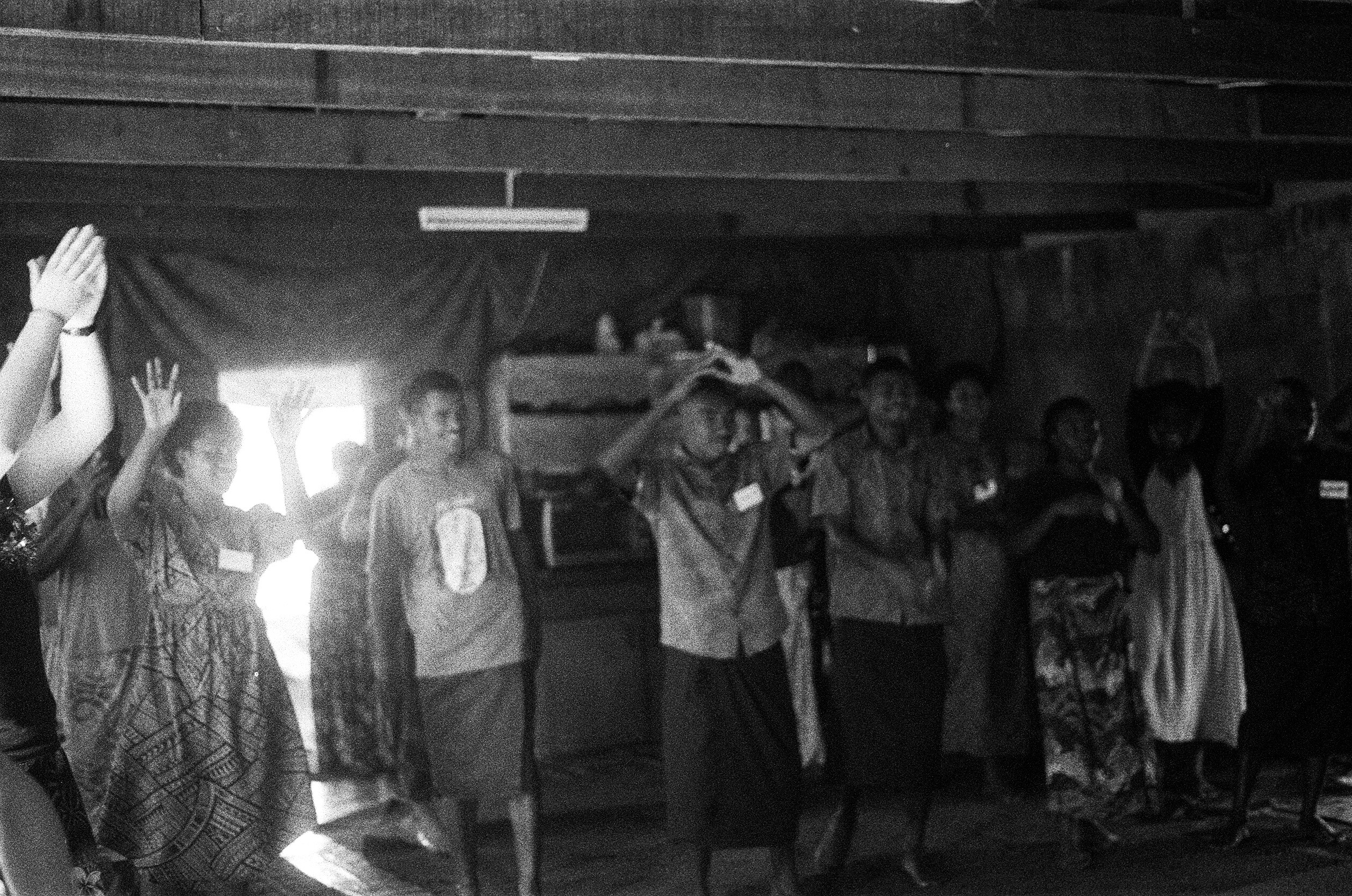
The Cultural Series
With living in the village for 4 weeks, we had the incredible opportunity to experience some of the village customs. Kava ceremonies, cassava pie making, billi-billi building, cave exploration, farming, basket weaving... Led by enthusiastic, skilled youth, who they shared their knowledge, we began to really appreciate the lifestyle in Rarabasaga, beyond the four walls of the home.
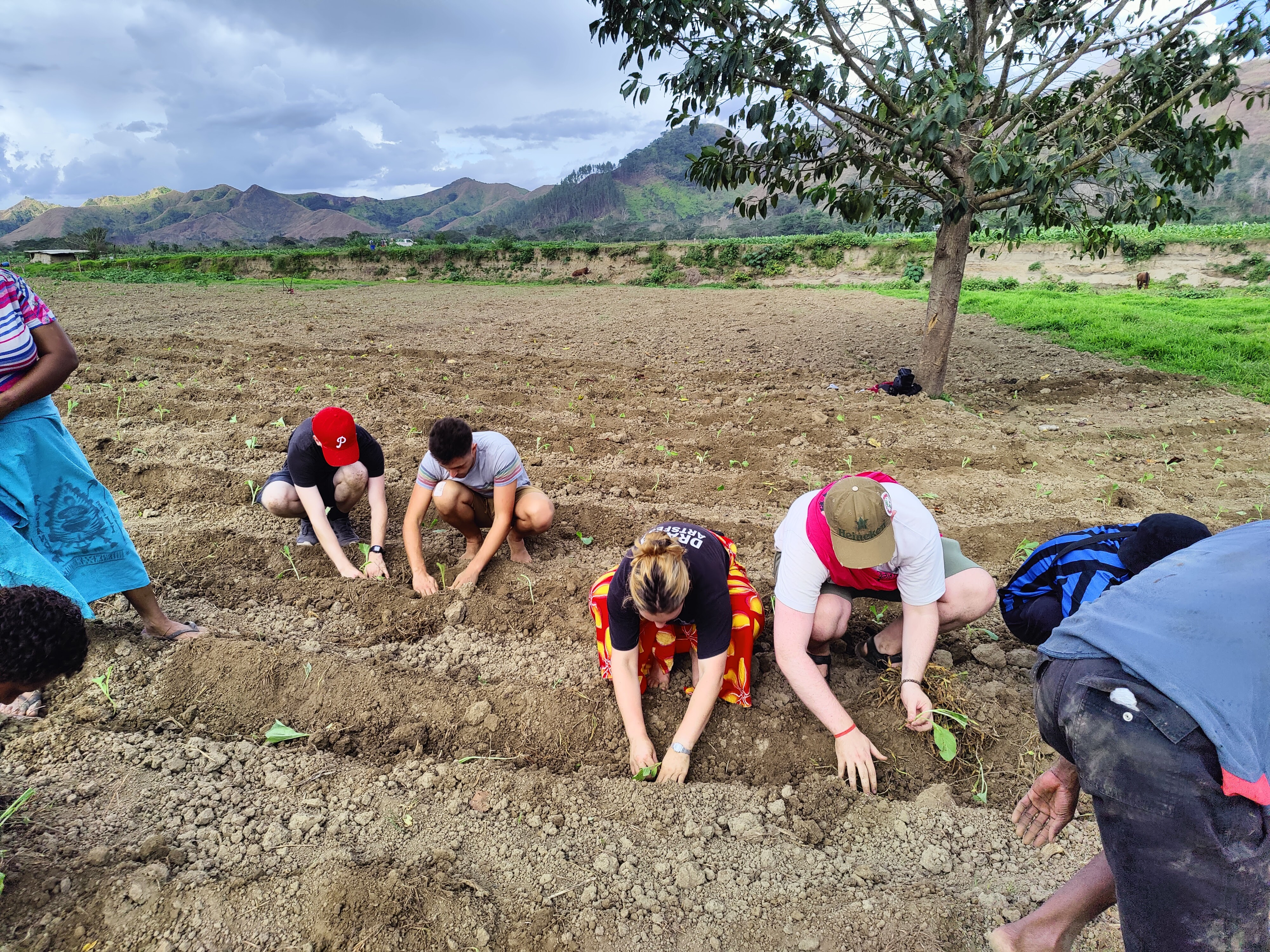
International Youth Day
To celebrate, we led a village-wide sports day. Split into teams, we made matching head bands, and let the games begin. Tug-of-war, rugby and volleyball (obviously) to name a few. A midday riff-off also occurred.
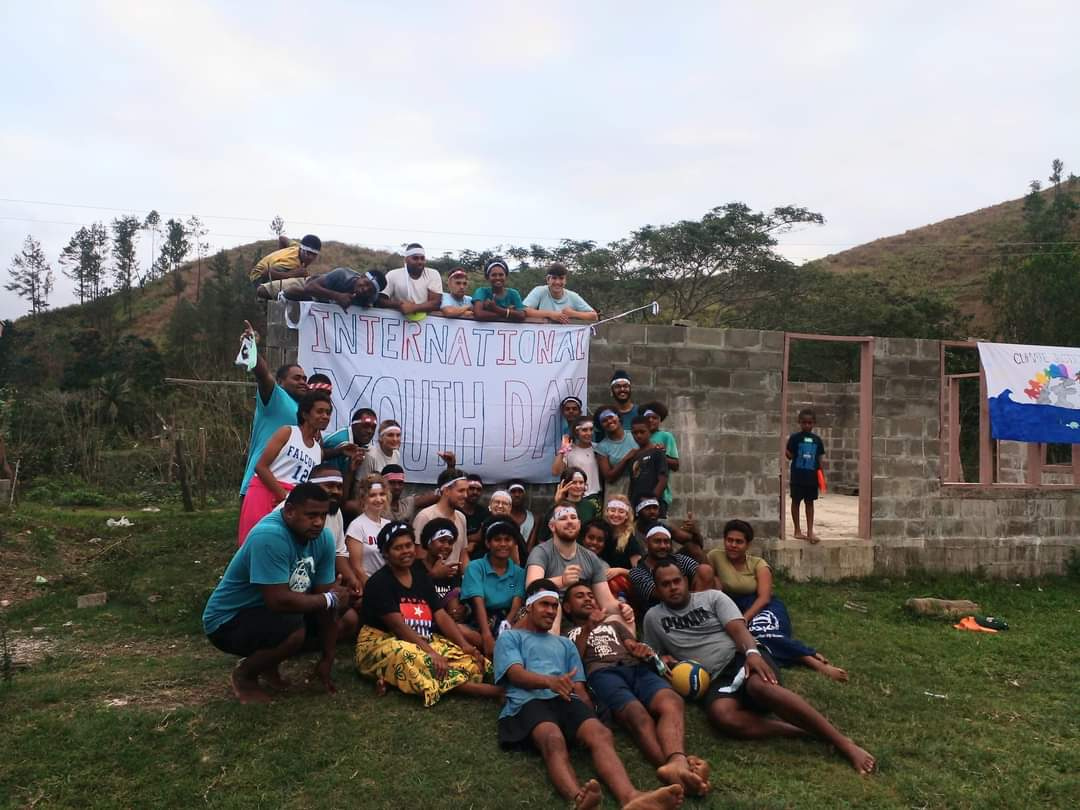
The kava life
Grogging (as its called) in the evening was when villagers would gather for kava and drink until early hours of the morning. It wasn't for the faint hearted but it sent you to sleep nicely. Kava played a central role in any occasion - birthdays, Fridays, Tuesdays...
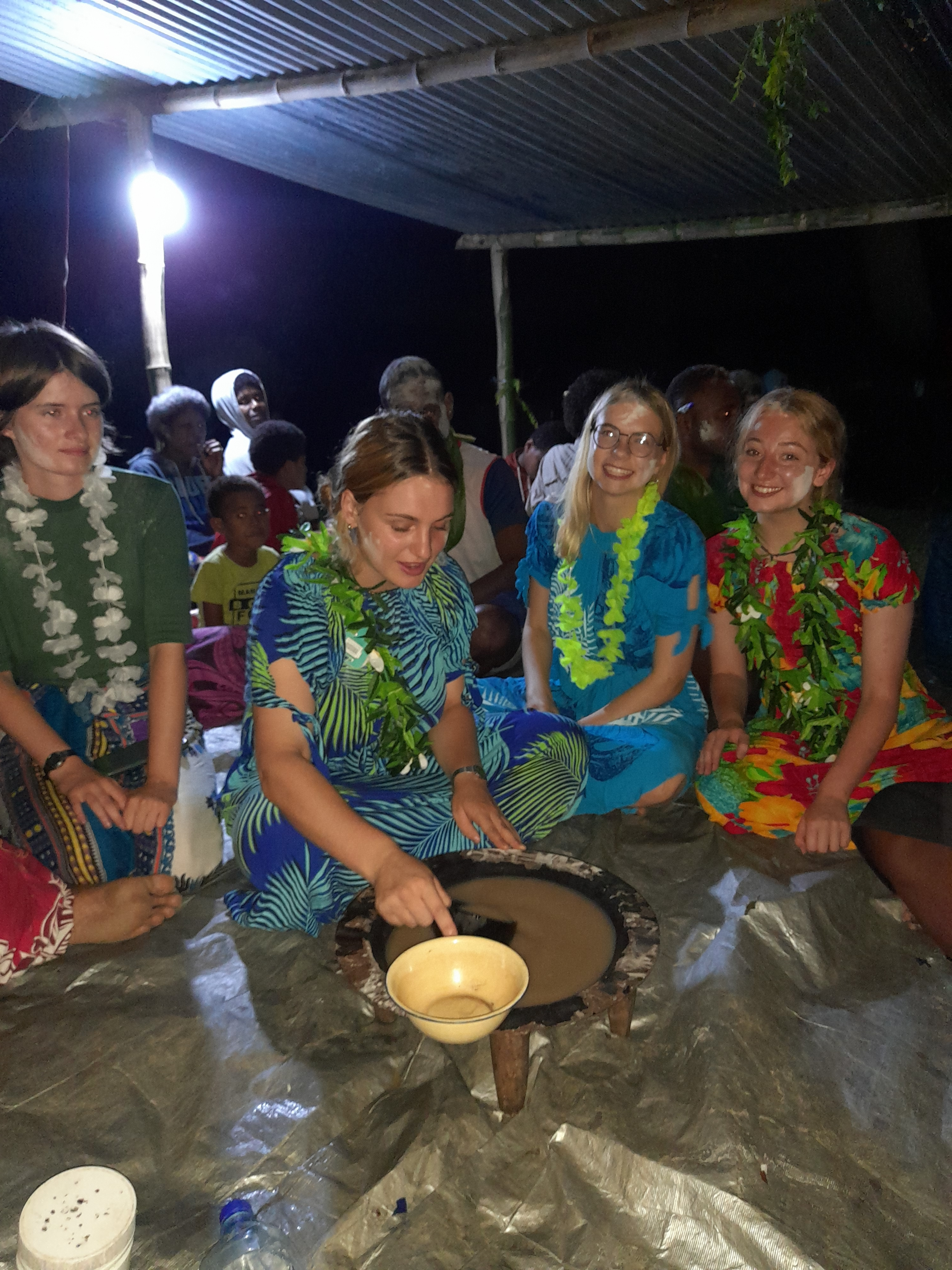
Leaving the village
Not any easy day by any means. It was a daunting prospect to think that all the relationships we had spent so long building were now going to become very distant. Plenty of tears were shed and scrambles for last minute photos, but we eventually got onto the carrier. Mind you, the kava wasn't over yet. Our journey back to Sigatoka was kava-filled to soften the blow. And during the ride, I realised just how formative my experience in Rarabasaga had become.
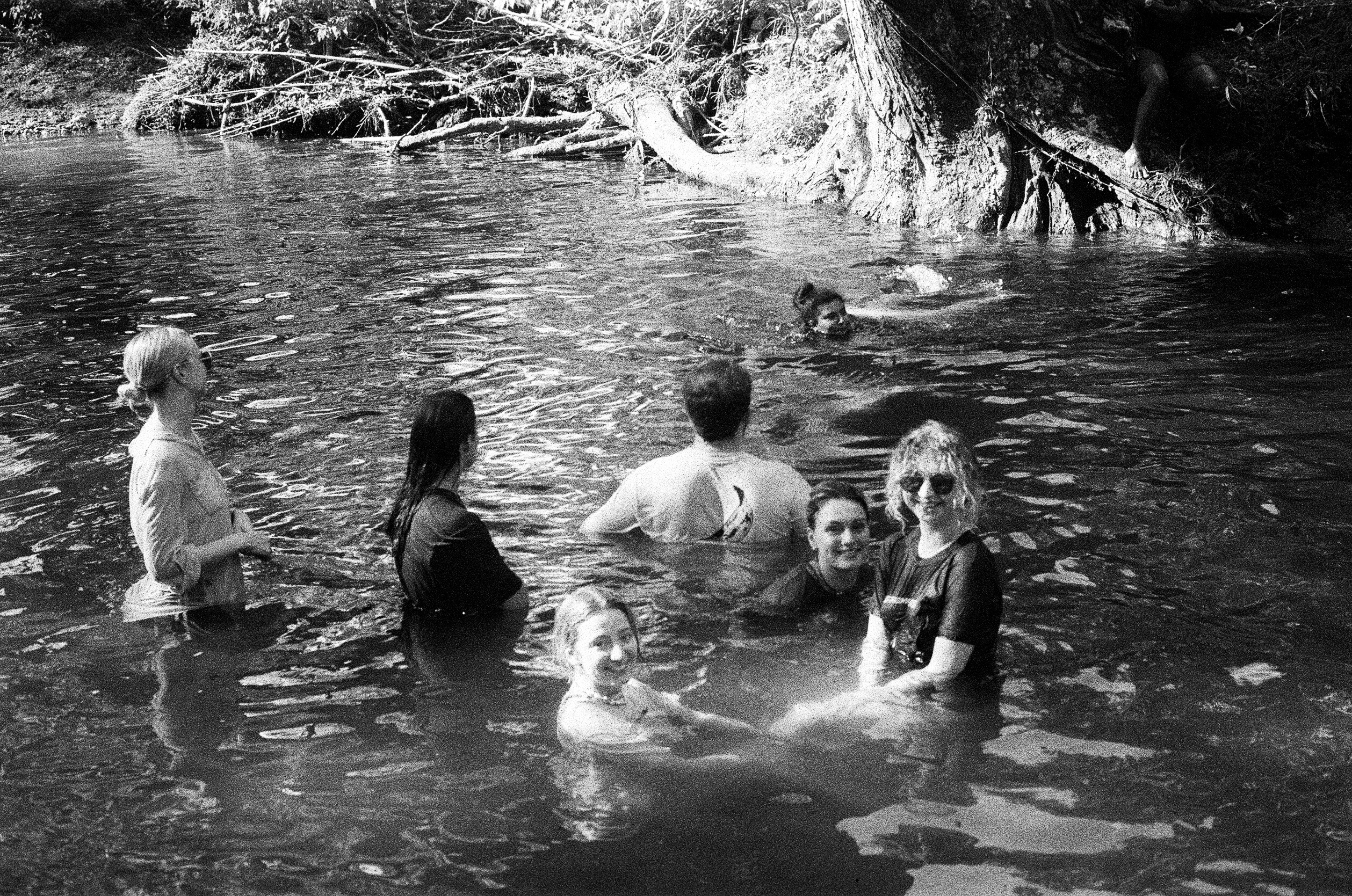
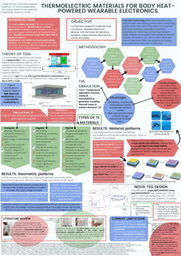

Please sign in
If you are a registered user on Laidlaw Scholars Network, please sign in